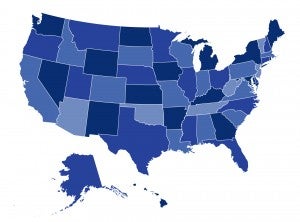Comparing Short-term Health Plans is Practically Impossible for Consumers

The Trump administration has promoted short-term health plans as a cheap substitute for comprehensive, Affordable Care Act-compliant health insurance. In this guest post for CHIRblog, former Montana insurance regulator Christina L. Goe reviewed a wide range short-term plan policies and found multiple confusing and complicated plan terms that make it difficult for consumers to assess and compare plans and could expose them to considerable financial risk.



